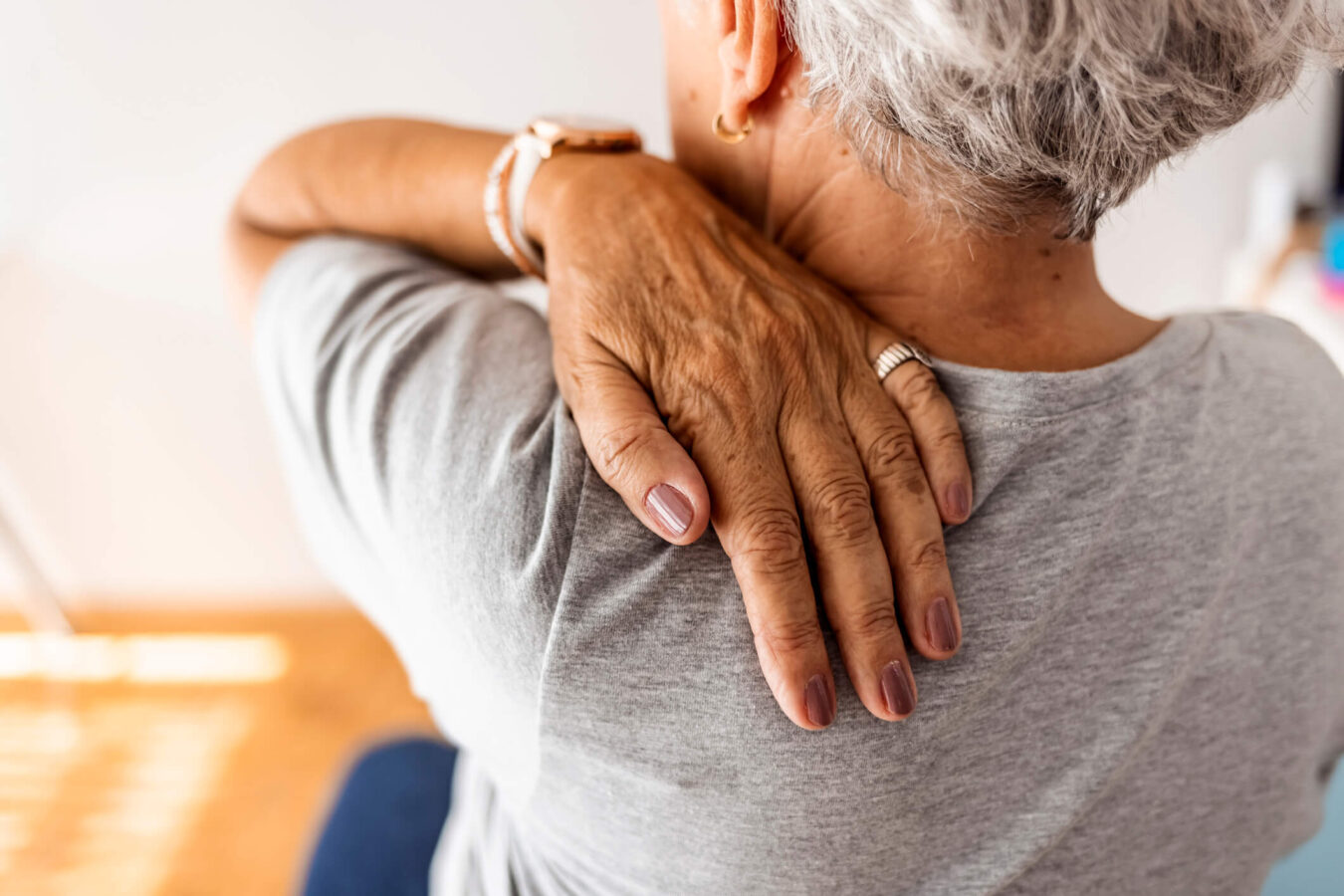
Osteoporosis affects more than 10 million people ages 50 and older in the United States. This “silent disease” affects the body’s ability to restore depleted bone matter. Over time, bones become brittle, fragile, and more prone to fractures. Although osteoporosis is most common in women over 50 who have entered menopause, it can affect men and younger people with certain risk factors. But you don’t have to take bone loss lying down. A nutritious, well-balanced diet rich in certain vitamins and minerals can help prevent or slow the disease. Learn more about the best diet for people with osteoporosis including foods to avoid bone loss.
Bone is living tissue that continually breaks down and is replaced. In people with osteoporosis, bone loss happens faster than it is restored, creating large gaps in the spongy matter inside our bones. Bigger gaps lead to weaker bones. Without a nutritious diet full of essential vitamins and minerals, the body lacks the “building blocks” it needs for strong bones.
Let’s first focus on the top three nutrients for bone health and where you can find them:
Calcium is essential for keeping bones strong. Recommendations from the Bone Health & Osteoporosis Foundation are 1,000 (mg) of calcium per day for women up to age 50, increasing to 1,200 per day for when they reach 51. Men should get 1,000 mg of calcium per day up to age 70, increasing to 1,200 mg after that. Not all calcium-rich foods are alike, however. Some promote better absorption of calcium.
Foods high in calcium:
Vitamin D assists with calcium absorption and health bone cell function. While we do get some Vitamin D from the sun, it may not be enough, particularly during the winter months in the Northern hemisphere.
The recommended daily intake for adults with limited sun exposure are 600 international units (IU) per day for adults, increasing to 800 IU per day at age 70 and up. Many of the foods on our list have vitamin D, but not in high amounts. If you don’t think you’re getting enough from your diet, consult your health care provider about taking a supplement.
Foods high in vitamin D:
Protein compromises around 50% of bone volume and one-third of bone mass. Research confirms individuals with suboptimal protein intake have a higher risk of low bone mineral density and bone fractures compared to individuals with high-protein diets.
Some experts recommend between 1.0 – 1.2 grams per kg of protein per day for osteoporosis. That is higher than the current Recommended Dietary Allowance (RDA) of .8 grams per kg of body weight, or 0.36 grams per pound.
Foods high in protein:
Keep in mind, protein totals are approximate. Exact amounts will vary based on the food, serving, size, and brand. Everyone has unique dietary needs. Discuss the best diet for you with your healthcare provider or nutritionist.
Now, let’s tackle the food you should avoid if you have been diagnosed with osteoporosis or just want to get ahead of this condition in advance. Remember, it is never too early to start nourishing your bones.
It is important to note many of these foods may be good for you—just not in excess as they alter the body’s ability to absorb calcium and other bone-friendly nutrients. Foods and drinks to avoid according to the Bone Health & Osteoporosis Foundation include:
Technically, you don’t have to “avoid” these options—just don’t count them toward your daily calcium intake.
A healthy diet is just one piece of the puzzle to combat osteoporosis. While it is preferable to get your nutrients from whole foods, some providers recommended filling in those gaps with supplements. Ask yours about the recommended levels of calcium and vitamin D for your age, weight, and gender.
Along with salty foods and sugary drinks, avoid smoking and excess alcohol consumption (for individuals who choose to drink.) Exercise is also incredibly important. Weight-bearing aerobic activities and strength-training are recommended for people with osteoporosis. Yoga, Pilates, Tai Chi, and other forms of exercise that improve stability and balance are also ideal. (Always consult your health care provider and/or physical therapist before starting any new workout.)
An initial screening can help determine if you are a suitable candidate for physical therapy for osteoporosis. Physical therapists utilize stretching and strengthening exercises to build muscle, maintain good posture, and increase stability and balance to prevent falls and fall injuries for patients with osteoporosis. Find a physical therapy clinic near you.